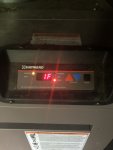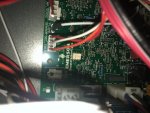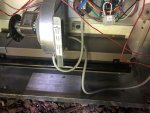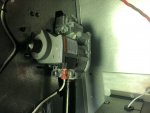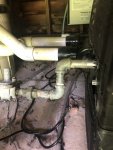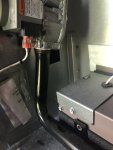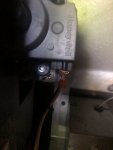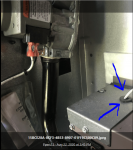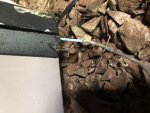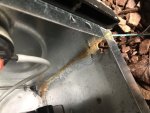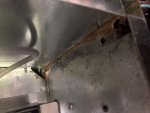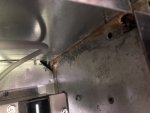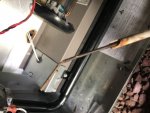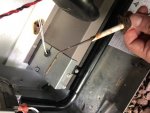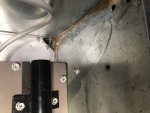In my opinion, the design creates excessive water velocity in the heat exchanger, which causes erosion corrosion.
They have the water going through two tubes up, back, up, back. That’s 4 passes over the heat source.
Forcing the flow into 2 small copper tubes generates significantly higher water velocity. If the design was 8 tubes with a single pass, the velocity would be one fourth and the erosion corrosion would be one sixteenth (1/16th), in my opinion/estimation.
There’s no benefit to making 4 passes. The water remains over the heat source the same amount of time in either case.
In fact, the less time the water spends over the heat source, the more efficient the heat transfer is. The hotter the water gets, the less heat it absorbs.
You might have freeze damage that wasn’t enough to immediately cause a leak, but was bad enough to create a weak point that eventually failed.
You might have chemical damage from low pH or excessive chlorine or both or from a nearby tab feeder or from someone using tabs in the skimmer or putting chemicals through the skimmer.
Take the heater apart and post pictures of the heat exchanger so that we can see what it looks like.
Maybe cut it open to see the inside.
Unless you have operated the pool from the time that the heater was installed, you are not going to know if some of these things have occurred. Of course the previous owner will say that they did everything perfectly, which may or may not be accurate.
The Pentair Mastertemp is one of the most common heaters with a generally good reputation. Raypak would be a good choice.
Raypak Pool & Spa, Residential and Commercial Hydronic Products -

www.raypak.com
